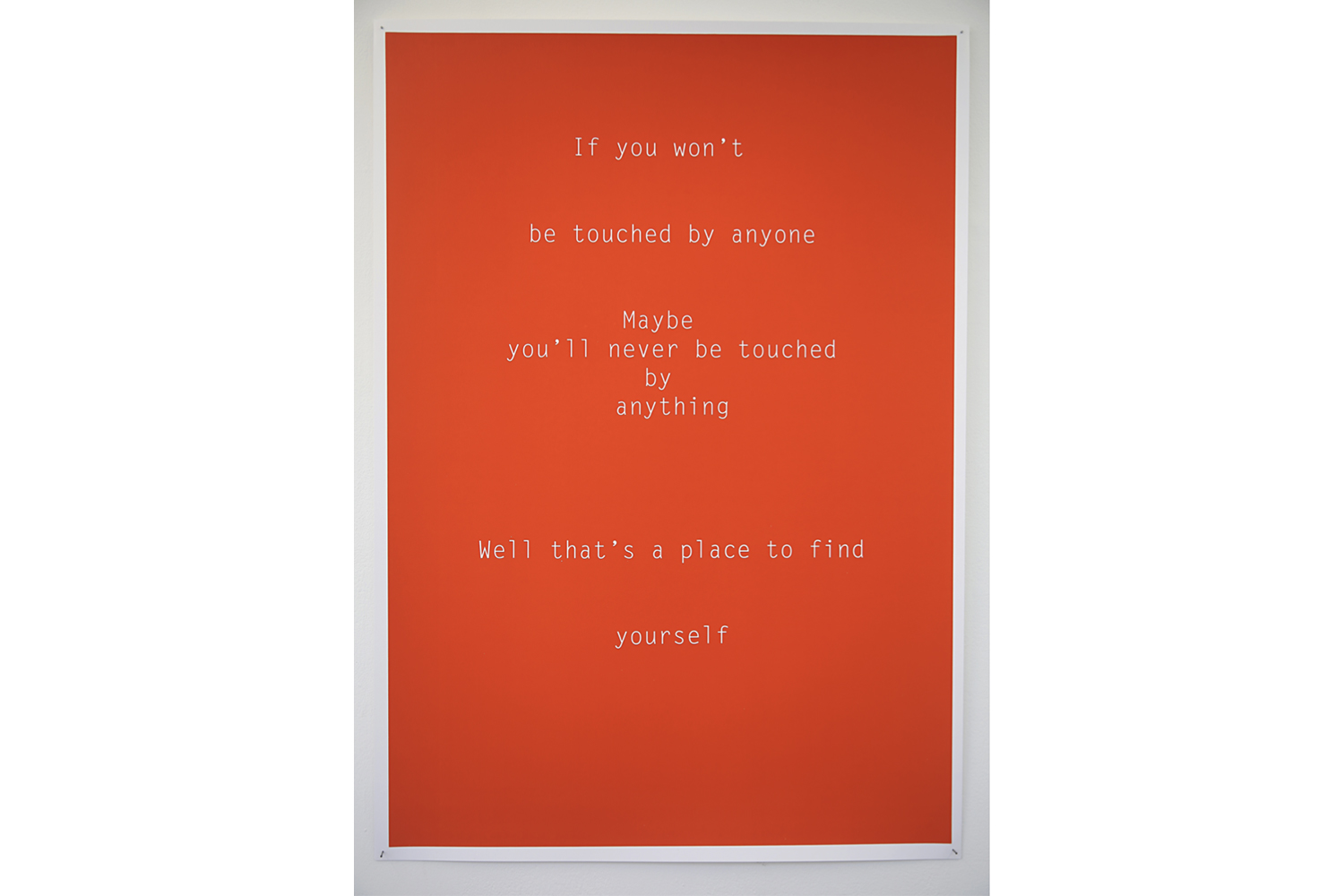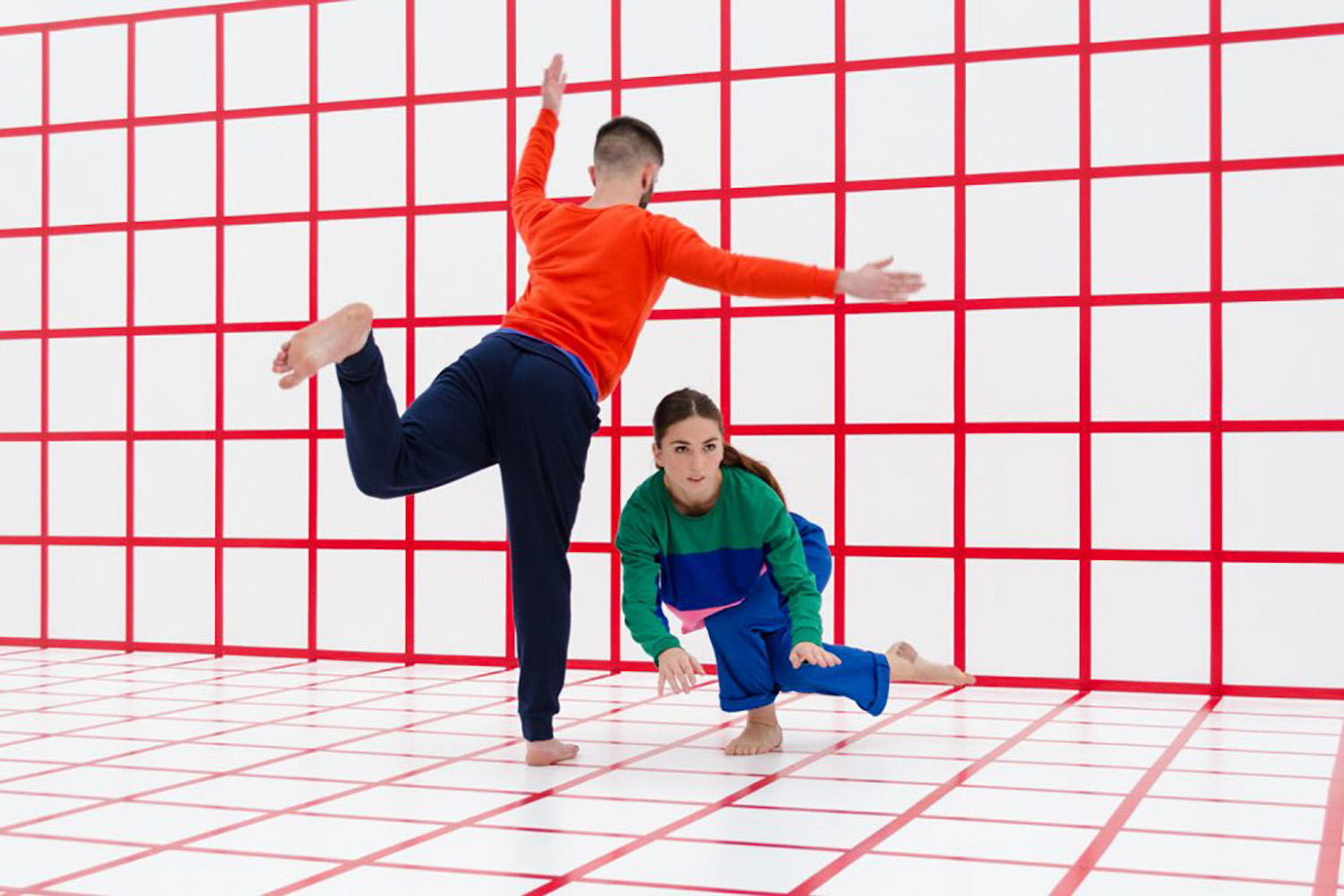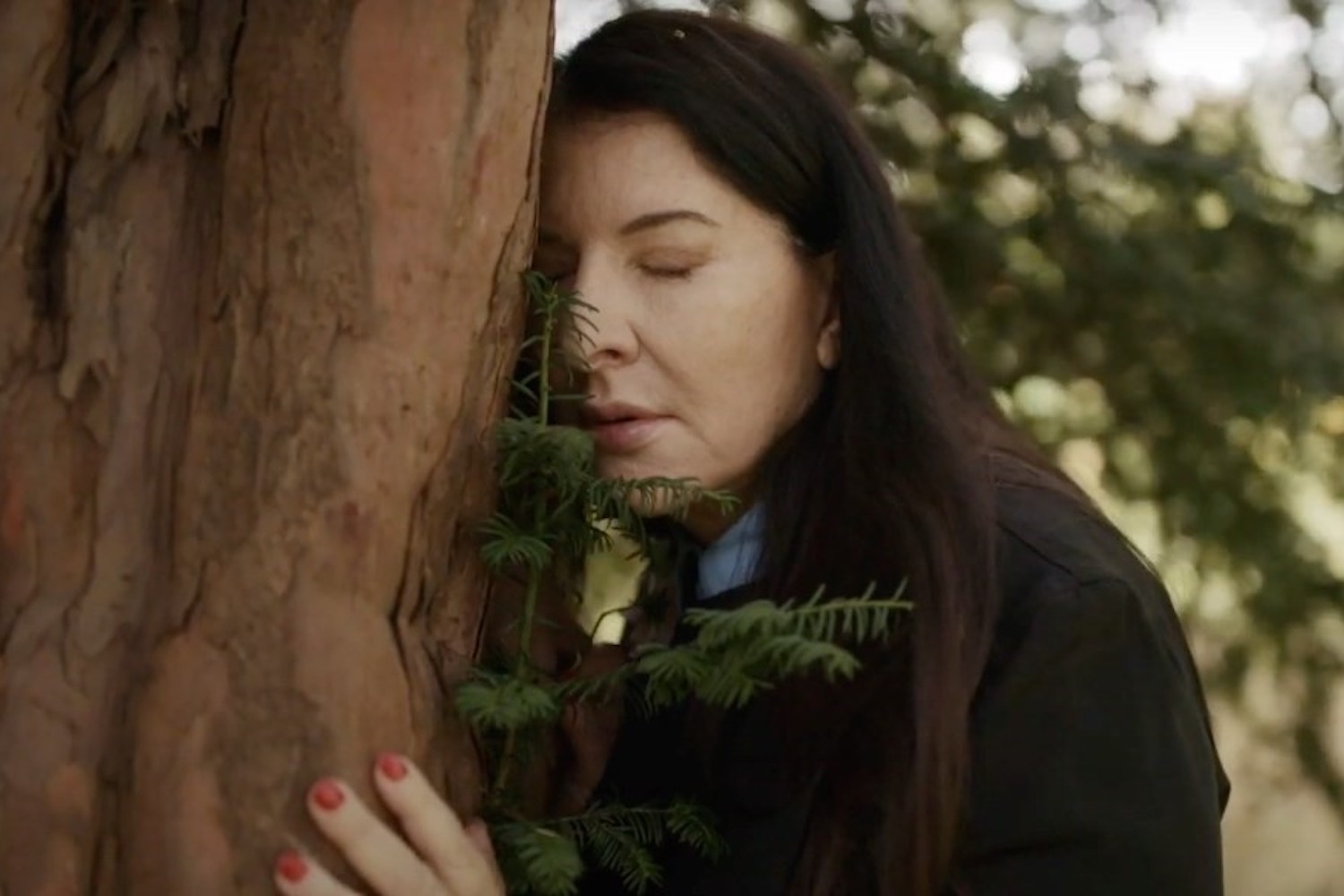A monthly review of global art news from an admittedly fallible viewpoint.
Dan Walwin, Peaceful in the rain in the order, 2020. Video. 2′ 31”. Courtesy of the artist. Sample Aquaphoria by Kelela.
“Today’s my thirtieth birthday, time to grow up. Monday I start a law conversion.” The stranger’s tweet hit me hard. Their bio said they were a writer. I saw it a few weeks back but it stayed with me. I couldn’t stop thinking about it, getting out of the art industry, jumping before being pushed. Exhausted, unable to afford to stay put, scores of people have been forced to “pivot,” to move to adjacent fields or retrain and change careers altogether. Yet new possibilities and perhaps a better quality of life await outside the art world.
A fifth of US museum staff think it is unlikely they will be working in the sector in three years, citing poor pay, burnout, and lack of opportunity for career advancement. In a survey published by the American Alliance of Museums, Hispanic/Latinx respondents were less likely than white respondents to say they were very likely to stay in the museum sector, while 35% of BIPOC employees saw racism and discrimination as a barrier to remaining in the field.
The museum, they say, is a “safe place for unsafe ideas,” but the claim isn’t borne out in experience. As a whole, the art industry is probably more attentive to injustice, more outwardly supportive of inclusion, diversity, fair pay, and labor rights, but it’s never been the progressive lodestar, the shining example it pretends to be, it’s as cruelly punitive, as “unsafe,” as any other trade, it’s not a vacuum outside politics. While the art industry has the power to bring about transformative change, it also reflects and replicates the everyday problems of the world.

Work Won’t Love You Back
Still, we stay. Working in the art industry, probably more than any other line of work, offers the promise of a higher life, creativity, freedom of thought, the chance to escape the nine-to-five grind. Everyone’s work should give them purpose, pleasure, and fulfillment. “Hearts starve as well as bodies,” as James Oppenheim’s poem goes. “Give us bread, but give us roses too.” However, the desire to do something you love for a living, to commit your time and energy, your weekends, your after-hours, to let slip the divide between work and leisure, can leave you open to financial exploitation. Low wages, barely enough to live on, zero-hour contracts, and unpaid internships are commonplace in the art trade. As the AAM’s research on museum workers shows, pay injustice has significantly increased during the pandemic, though more heavily felt by some than others: 13% of full-time employees only had enough income for basic necessities and were living paycheck to paycheck. The percentage rises to 17% for independent contractors, 21% for part-time staff, 19% for BIPOC and 24% for Hispanic/Latinx respondents.
A Whole Other World Out There
Working in art, valuing the freedom it offers, doesn’t mean it doesn’t drain me, doesn’t mean I can’t complain, doesn’t mean I don’t also want to get out, but leaving the industry always seems like a pipe dream, somehow out of sight, impossible because we’re made to think our self-worth comes from work. We have to specialize from an early age, climb the job ladder, never taking a backward step. A career change might feel like starting from the bottom all over again, but sometimes it’s necessary to prioritize health and happiness, not live your life in service of work, move jobs, even if it doesn’t mean leaving the art world altogether.
Working in art you develop transferable skills, and even if you decide to completely leave the sector, you would have valuable experience you could draw on. In 2017, long before the pandemic, the AAM published a survey titled “Why are Great Museum Workers Leaving the Field?”A third of former museum professionals said the following skills carried over to their new jobs outside the field: research and writing, project management, administration, and leadership. These kinds of skills are universal, they would be useful in law, marketing, teaching, business, any number of areas. There’s a whole other world out there. For now I’ll stay, but I’m keeping the door open.



